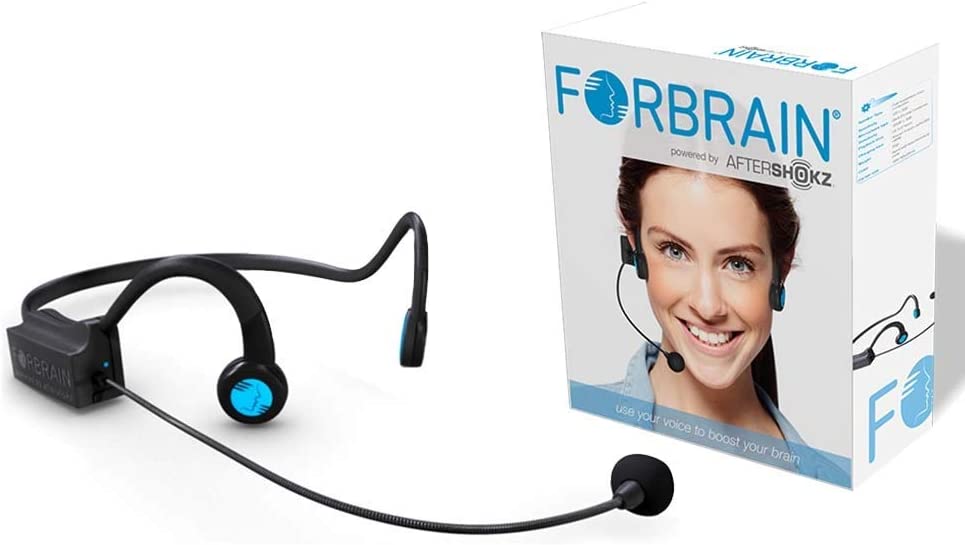Speech & Language Therapy
This department works in the treatment of language disorders and speech problems, the most important of these disorders:
- Apraxia
- Language Delay
- Pragmatic Language Disorder
- Stuttering Disorder
- Loss of language caused by accidents and strokes
- Global Developmental Delay
- Hearing Impairment and cochlear rehabilitation
- Speech Sound Disorders , Articulation and Phonology
- Swallowing Problems
- Autism Spectrum Disorder (ASD)
In this section we use a set of tests to assess linguistic growth, speech problems, voice defects and problems, and the speech and language specialist determines the linguistic age of children compared to the time age, on the other hand the specialist works to write a report containing the aspects assessed during the evaluation session and the results of the tests applied as well as the recommendations for the treatment plan in this section.
The speech and language specialist who has sufficient experience and qualified to evaluate and develop the treatment plan using the most important new programs in the development of linguistic growth and addressing speech problems, and in our center we excel using the Device Forbrain , which is a headset placed on the facial bones under the ears works to purify the sound and during which the child/adult can hear his voice clearly so that he can imitate the phonies and words that the specialist works to train on, and we use TalkTools, a toolkit It uses evidence-based practices to address oral motor disability that affects speech clarity, feeding and sensory skills. Of course, there is a program that the speech therapist needs to train to use these tools to help the treatment plan.
The center also includes the department of pronunciation and language for children includes a section for adults, especially post-accident injuries, strokes and speech diseases such as stuttering, speech bead and sound disorders, where we worked to equip a place suitable for these ages and characterized by a comfortable and calm atmosphere and the presence of sensory, tattoo, touch, visual and auditory stimuli that help the patient to perform the required exercises easily according to his condition.





